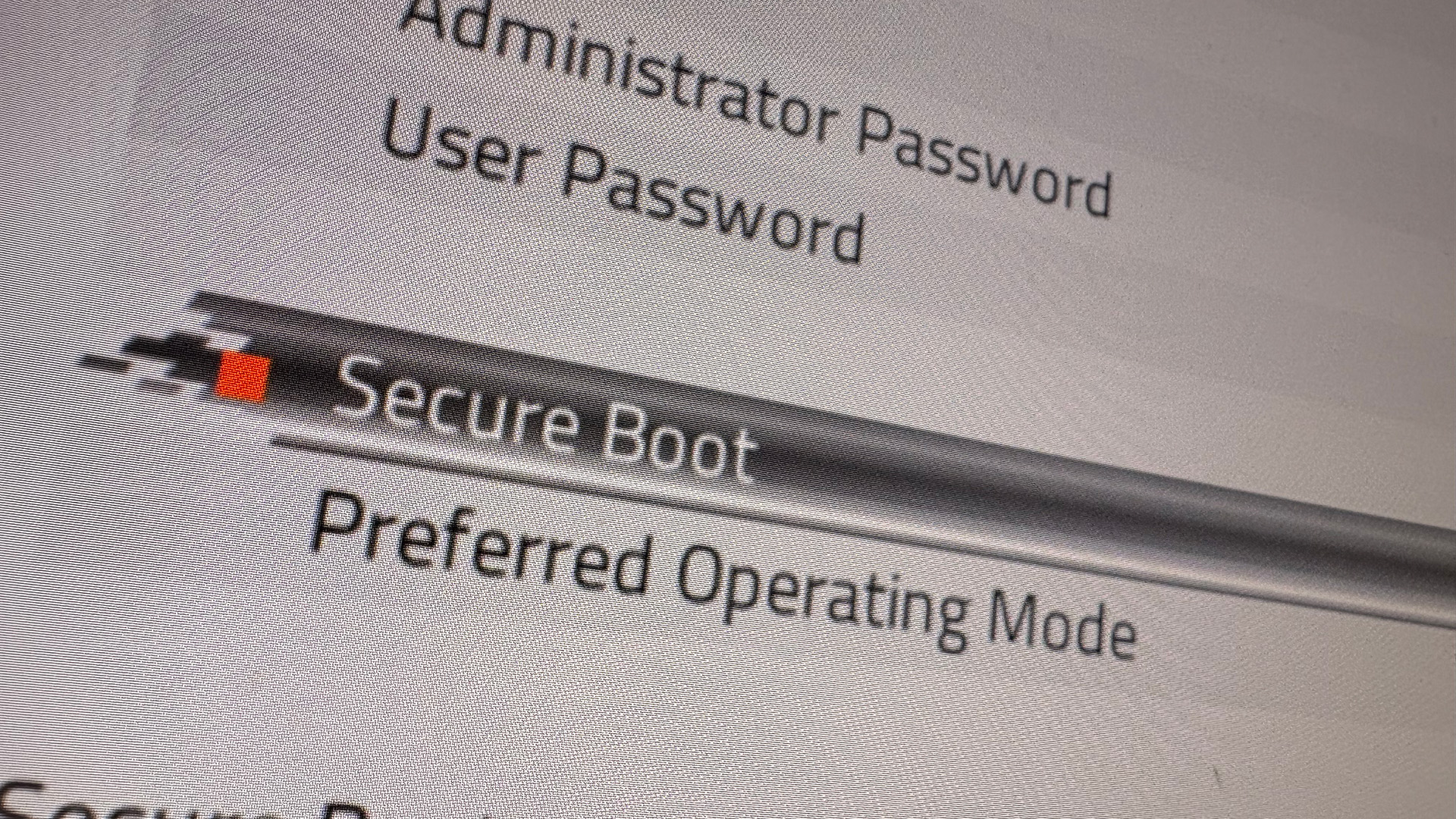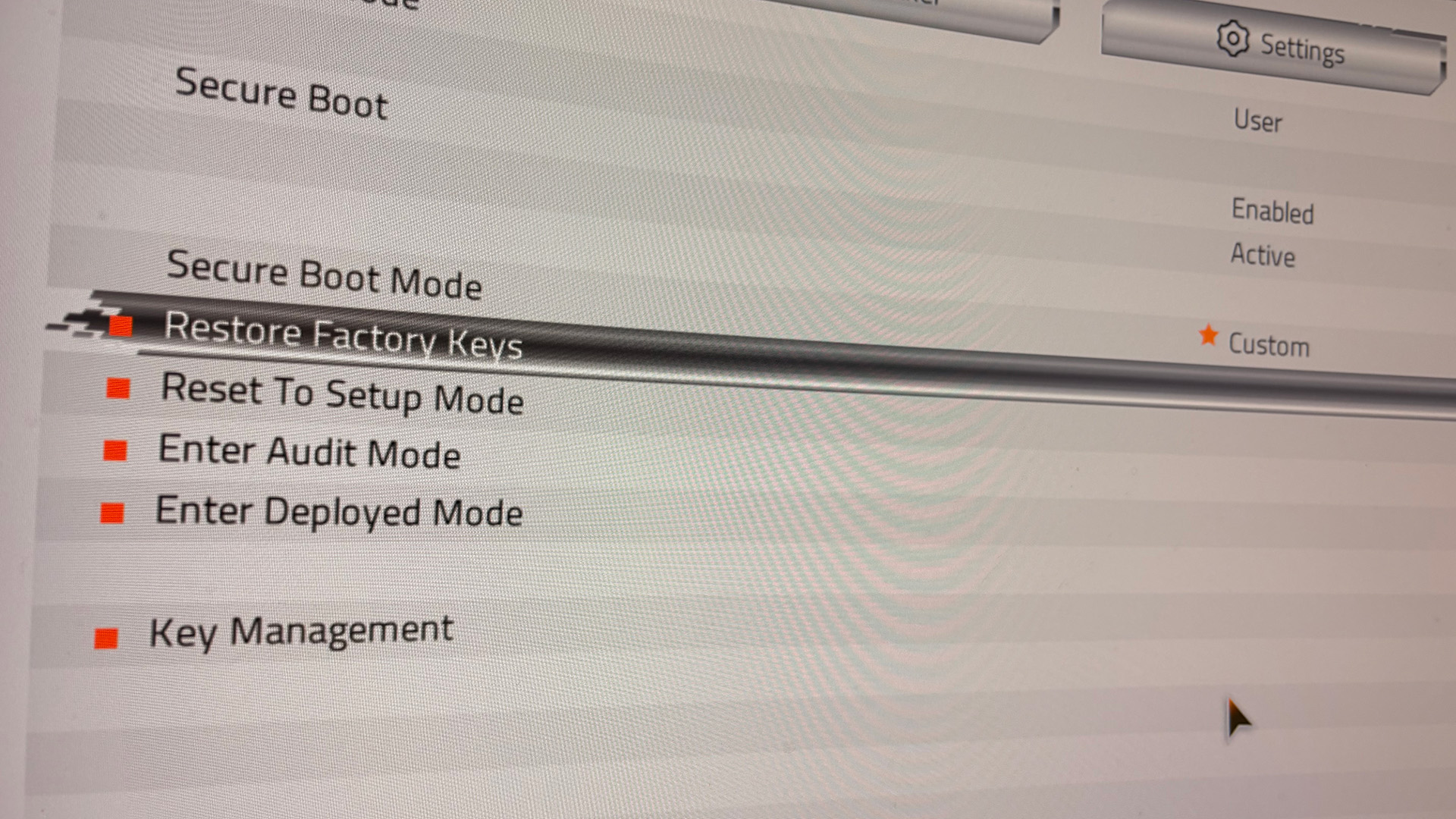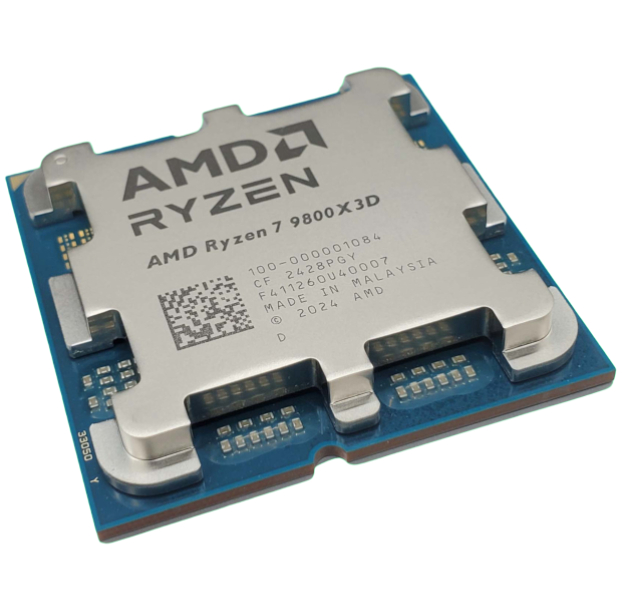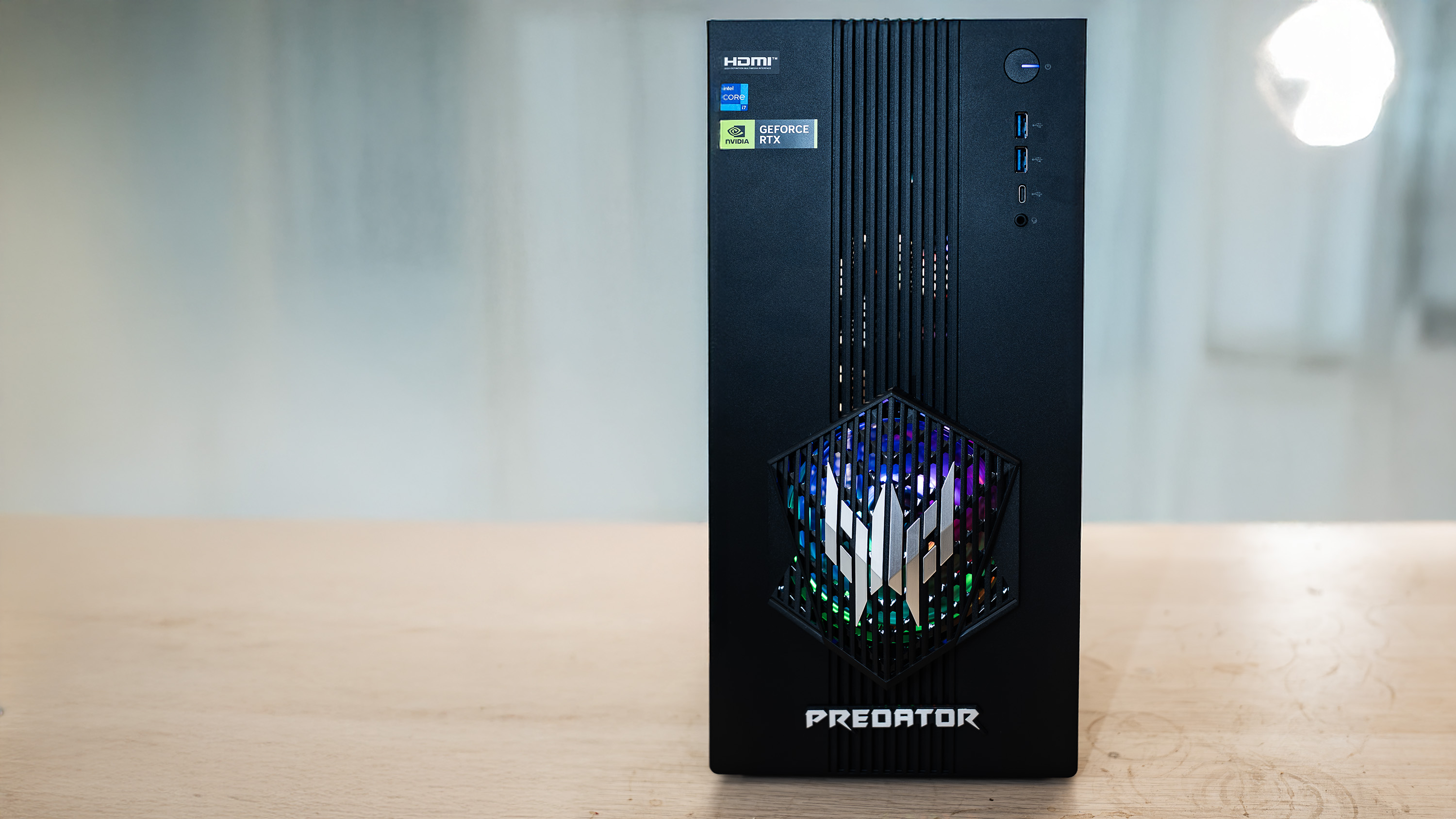Battlefield 6 requires Secure Boot to run and it's coming to more games soon, including Call of Duty Black Ops 7: here's what it is, why Linux gamers are mad about it, and how to enable it
It's a Windows thing.

If you've been trying to access the Battlefield 6 open beta and can't make it past an error screen, it's probably down to Secure Boot. A security feature on Window PCs in UEFI, Secure Boot is intended to keep malicious software away from the OS during the boot process. It's also what EA taps into for its own anti-cheat, EA Javelin. Though by requiring Secure Boot to be enabled, EA does block access to some gamers from BF6 altogether.
Secure Boot requires a signed kernel code—the kernel is the fundamental level of the operating system, communicating with your hardware. It can only be signed using a private cryptographic key and a public key, stored in firmware. By requiring trusted keys, essentially Windows is able to reduce the risk of someone running malicious software, such as a kernel-level rootkit or kernel-level cheat software.
So, that's the idea. Windows is more adequately locked down at a kernel level, and an anti-cheat software gains greater reassurance of blocking cheaters in-game.
So, why are some gamers mad about it?
There are a few reasons. One, an anti-cheat with kernel-mode access has access to everything. Kernel-mode is like administrator on steroids; there's little limitation to what it can and can't see in your system. That means if, say, an application with kernel-level access wasn't quite what it seemed, the repercussions of that could be pretty dire. Kernel access can also lead to entire system crashes if there's an incompatibility of some kind, as was the case recently with Easy Anti-Cheat and Windows 11 2H24 on some Alder Lake systems.
Two, if you're using an older machine that doesn't support UEFI, Secure Boot, or doesn't even have a Trusted Platform Module (TPM, used to securely store cryptographic keys and included on modern processors), you're stuffed. Three, if you aren't using Windows, and you're opting to game on Linux—which has hugely improved in recent years through Wine/Proton—you're left out in the cold.
Hence, the thread on the r/linuxgaming subreddit calling to boycott the game (though, you couldn't play it anyways). There is an interesting thread on how to get around this by using a virtual machine (VM), and how one might circumvent anti-cheat's checks to actually play the game (or, I should mention, run a kernel-level anti-cheat) though as the author, KstrlWorks, says: "it does become a cat and mouse game" for some titles. Valorant being one of them, but also EA's Javelin anti-cheat, which also appears to spot VM use and appears largely locked down as a result. They also note that there may be a way around this, using a so-called Type 1 hypervisor, but this again requires a lot of work to circumvent EA's checks.
Keep up to date with the most important stories and the best deals, as picked by the PC Gamer team.
So, Linux gamers are unlikely to run the game anytime soon. Not outside of a subscription to GeForce Now, anyways. Battlefield 6 is just one of many games that aren't built for gaming on Linux due to anti-cheat, including Valorant, using Riot's Vanguard anti-cheat, and Fortnite, using Epic's Easy Anti-cheat. Here's Epic Games' Tim Sweeney in 2022 on why that is.
We don’t have confidence that we’d be able to combat cheating at scale under a wide array of kernel configurations including custom ones.February 7, 2022
Call of Duty Black Ops 7 will also be the first in the series to require Secure Boot be enabled, Activision has confirmed. Today it merely recommends the settings, and may show you a pop-up in-game if both TPM 2.0 and Secure Boot are not yet enabled.
For Battlefield, a Secure Boot requirement is nothing new. Battlefield 2042 also required it after a patch. EA said at the time, "As cheat developers keep evolving their tactics, we're stepping up our game too. To keep Battlefield 2042 fair and fun for everyone, we're strengthening our defenses—especially against cheats that try to sneak in during the Windows boot process."

EA also signposted Secure Boot would remain in place for Battlefield 6 ahead of the open beta, and it seems incredibly unlikely that any company is going to roll back these requirements for anti-cheat anytime soon.
As for Windows 11 users, if (and it's a big if) you updated to Windows 11 following official procedure, that means you have the tools necessary to enable Secure Boot on your machine. Windows 11's official system requirements demand a TPM, that little security module that stores keys and required for Secure Boot, but Secure Boot itself is not a requirement for the OS. That means you might be able to head into your BIOS and turn Secure Boot on.
How to turn on Secure Boot

I'm assuming that by reading this, you've already been hit by the "SecureBoot is not enabled" error on booting Battlefield 6. To check whether Secure Boot is enabled, hit the Windows key and type in System Information. Load the application and scroll down to check the 'Secure Boot State' box. It'll likely say it's turned off.
If that's the case, head into your BIOS by hitting the Delete key (or F2) during a system reboot. From there, it depends on your motherboard's manufacturer where the relevant setting is. For my Gigabyte board, it was located in the Boot tab in the BIOS, right at the bottom. You might also need to check the Trusted Computing Platform settings to enable the TPM, though presuming you're running Windows 11 through official means (you didn't bypass system requirements using a tool like Rufus) you have TPM enabled already.
Here are some support pages for the main motherboard manufacturers:
I actually hit this "SecureBoot is not enabled" error myself. As turns out, I had all the pieces of Secure Boot enabled, such as the TPM, and Secure Boot itself, within the BIOS. Though for Gigabyte boards, that doesn't necessarily mean that Secure Boot is 'active'. To do that, I had to scroll down a bit in the BIOS Secure Boot settings, select custom, and then Restore Factory Keys. This set my motherboard to User mode, activating Secure Boot. They don't make it easy, do they?

1. Best overall:
AMD Ryzen 7 9800X3D
2. Best budget:
Intel Core i5 13400F
3. Best mid-range:
AMD Ryzen 7 9700X
4. Best high-end:
AMD Ryzen 9 9950X3D
5. Best AM4 upgrade:
AMD Ryzen 7 5700X3D
6. Best CPU graphics:
AMD Ryzen 7 8700G

Jacob earned his first byline writing for his own tech blog, before graduating into breaking things professionally at PCGamesN. Now he's managing editor of the hardware team at PC Gamer, and you'll usually find him testing the latest components or building a gaming PC.
You must confirm your public display name before commenting
Please logout and then login again, you will then be prompted to enter your display name.

